The completion of a specialized laboratory, near a nuclear facility at a constricted site, has earned EllisDon Corporation a Vancouver Regional Construction Association 2014 Silver Award of Excellence in the General Contractor $15 million to $55 Million category.
The $23 million TRIUMF ARIEL (Advanced Rare IsotopE Laboratory) lump sum project required meticulous work throughout the March 2012 to February 2014 construction period.
"We build lots of condos, shopping malls, warehouses but this was a very unique project," said John MacKenzie, EllisDon’s project manager.
"It only happens once every 10 years. It was an one-off building."
Located at the University of B.C., the 2,940-square-metre ARIEL is part of the TRIUMF particle accelerator research facility.
There are only a couple of such facilities in the world.
Once the ARIEL is fully equipped and operational in about three years, it will house an underground beam tunnel, surrounding a high-power super-conducting electron accelerator that produces exotic isotopes used for research and development.
The four-metre tunnel connects the existing cyclotron/electron hall building to the ARIEL building, right next door.
The project is a concrete and steel building with a lot of metal cladding and not a lot of interior architectural finishing
Perhaps the biggest challenge was the sheer complexity of the surrounding environment.
"We snuck it (ARIEL) in around four buildings," said MacKenzie.
But, they weren’t your regular office towers or rec centres.
The buildings are where cutting-edge nuclear physics and medical research take place.
Because there was no space for staging, EllisDon had to use a "just in time" method for material delivery and construction.
Accurate pre-planning was necessary and certain materials arrived pre-assembled.
For excavation and construction, there were several underground obstacles that had to be avoided.
Utilities included the pneumatic line for sending medical isotopes to UBC Hospital and an optical fibre cable pathway that links TRIUMF to the famous Large Hadron Collider at CERN in Switzerland.
EllisDon designed and constructed bridge-type structures which allowed crews to work around the suspended utilities.
Another hurdle involved the ISAC1 building, which was next door to the ARIEL.
ISAC1 contains highly volatile magnetic tubes, which move nuclear particles.
The equipment is so sensitive, that it could not move more than +/- 1mm during construction.
When EllisDon had to dig trenches next to the building, it was done in a controlled and methodical manner.
Rather than doing a 200-metre excavation, each day, a 20-metre-long and 2.3-metre-deep section was dug.
It took two months but at no point was traffic impeded as it was crucial that scientific operations carried on uninterrupted.
At one point, while trenching, EllisDon discovered services that weren’t marked on the drawings.
"There wasn’t a day out there when there wasn’t something new to figure out," MacKenzie said.
Since the site wasn’t that far from the ocean, EllisDon had to devise a dewatering method to contain the water outside of the 50-foot excavation so that it wouldn’t impact the shotcrete or concrete.
To do that, holes were bored and then filled with rocks. Water that rose to the top was then pumped into the dewatering system.
EllisDon also had to cut through a seven-foot concrete wall using new cable floss technology, which uses diamond-encrusted steel cables.
It was reportedly the first time the equipment was used in Canada.
Concrete played an important role in the project.
The ARIEL’s concrete walls had to function as a protective barrier from the radiation released by the cyclotron, so walls ranged from 1.2 metres to almost 3.4 metres in thickness.
And none of the building had repeated concrete patterns.
"A lot of unique concrete mixes were used, not commonly used in the industry," MacKenzie said.
Much testing and monitoring was done to ensure standards were met.
Because ARIEL was built at a nuclear facility, safety and security were high priorities.
At peak construction, there were about 80 workers and five EllisDon staff. Everyone needed security clearance.
"A fairly rigourous safety regime existed," MacKenzie said.
There was zero time lost to injuries during the project. While ARIEL was designed to LEED Gold standards, the energy reduction credits may be in jeopardy because of the "obscene amounts of energy" used by the cyclotron, which impacted ARIEL’s construction, MacKenzie said.
Negotiations are underway with the Canada Green Building Council to see if a compromise can be reached.
"It was a very difficult project," said MacKenzie.
"We weren’t building a building, we were adding a machine."
While it didn’t lose money, EllisDon was aware it wouldn’t make a lot on this rare project.
"In a career, you don’t have many chances to build something like this," he said.
Syber Concrete Forming Ltd. also earn a Silver Award of Excellence for its work on the project in the Trade Contractor $1 million to $3 million category.
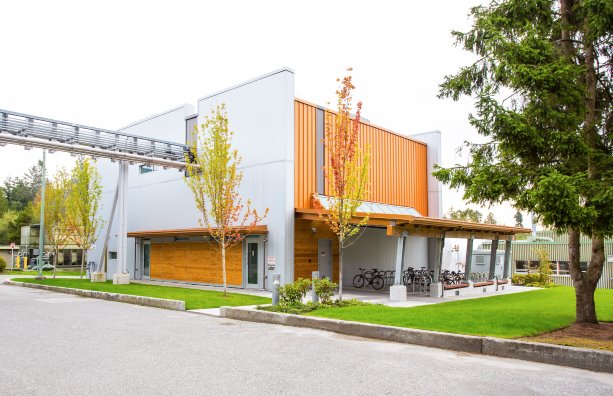
1/2
EllisDon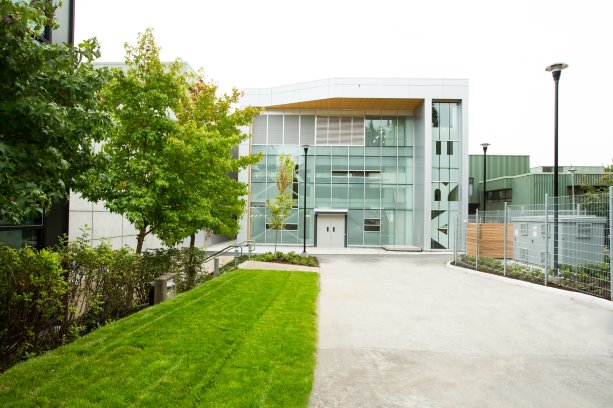


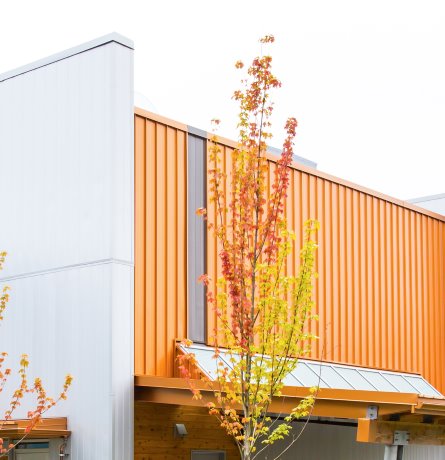
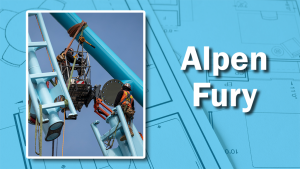

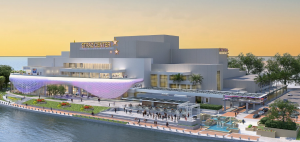
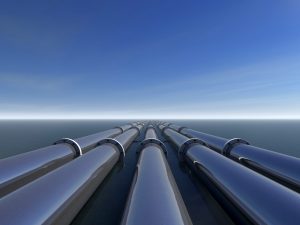




Recent Comments
comments for this post are closed